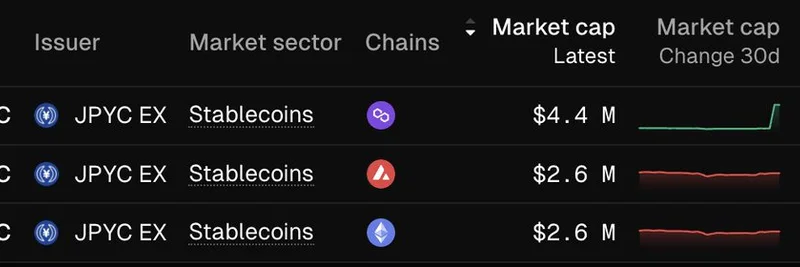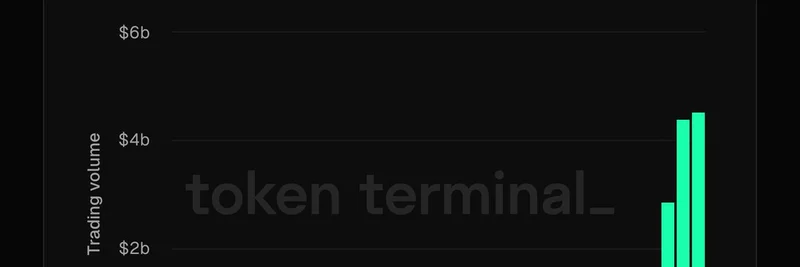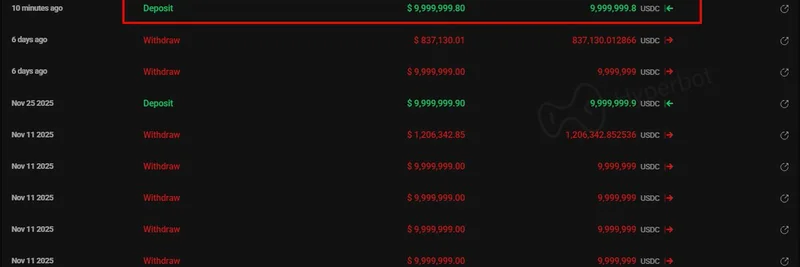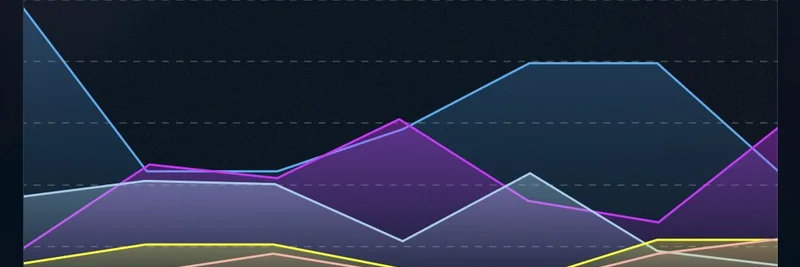In the ever-evolving crypto landscape, stablecoins play a crucial role as the stable anchors that enable seamless trading, especially for volatile assets like meme tokens. Whether you're swapping Dogecoin for USDC on a decentralized exchange or providing liquidity in a meme token pool, stablecoins ensure predictability amid the chaos. That's why the latest job posting from Artemis.xyz, a leading no-code terminal for tracking crypto metrics, caught our eye—it's all about diving deep into the stablecoin world.
Jon Ma, likely a key figure at Artemis.xyz, recently tweeted about an exciting internship opportunity. In the post, he outlines a role where the intern will research cutting-edge stablecoin projects and analyze data to distinguish real, organic trading volumes from inflated ones. This is particularly relevant for meme token practitioners, as understanding genuine market activity can help spot overhyped pumps or sustainable trends in tokens like PEPE or SHIB.
Let's break down the tweet: "We are hiring a stablecoin intern. You will help research about the most interesting stablecoin projects and chains like Agora, m0, Stripe's Tempo, Circle's Arc, Codex, and get interesting insights with data. You will help figure out how much of stablecoin volume is actually REAL and ORGANIC."
Stablecoins are cryptocurrencies designed to maintain a stable value, often pegged to fiat currencies like the US dollar. Unlike meme tokens, which thrive on community hype and viral trends, stablecoins provide the liquidity backbone for the entire crypto ecosystem. For meme token traders, they're essential for entering and exiting positions without wild price swings.
The role emphasizes researching specific projects, so here's a quick rundown of each, based on the latest developments:
Agora: This platform allows companies to launch their own branded stablecoins backed by US dollars, like AUSD. Recently raising $50 million in funding led by Paradigm, Agora focuses on shared liquidity and global networks, making it easier for blockchain projects—including meme token ecosystems—to integrate stable payments. Imagine meme communities launching custom stables for their DAOs.
m0: An open, federated platform for issuing stablecoins, m0 enables qualified entities to mint tokens while sharing revenues. It's powering initiatives like MetaMask's mUSD, emphasizing decentralized minting. For meme tokens, this could mean more accessible, application-specific stables that reduce reliance on centralized issuers like Tether.
Stripe's Tempo: Payment giant Stripe is building Tempo, a blockchain dedicated to stablecoins, in partnership with Paradigm. This move signals mainstream fintech's push into crypto, potentially offering faster, cheaper stablecoin transactions that could boost meme token trading on platforms integrated with Stripe.
Circle's Arc: Circle, the issuer of USDC, launched Arc as an open Layer 1 blockchain tailored for stablecoin finance. It's sparking debates on open vs. permissioned chains and aims to challenge giants like Tether. In the meme world, Arc could enhance cross-chain liquidity, allowing seamless swaps between meme tokens on different networks.
Codex: A Layer 2 blockchain built specifically for stablecoins, Codex raised $15.8 million from Dragonfly and others. It's optimized for B2B stablecoin transactions and supports native USDC. This could streamline enterprise-level meme token integrations, like NFT marketplaces or gaming economies using stables.
A key part of the internship is sussing out "real and organic" stablecoin volumes. In crypto, volume refers to the total amount of tokens traded in a period, but not all of it is genuine—wash trading (repeated buys and sells by the same entity to inflate numbers) is rampant, especially in meme tokens. By analyzing data on Artemis's platform, the intern will help uncover authentic activity, providing valuable insights for investors avoiding manipulated markets.
Jon Ma emphasizes that this is a generalist role for anyone passionate about stablecoins and fintech. If you're a blockchain enthusiast with a knack for data, this could be your entry point into crypto research. To apply, drop a comment on the tweet with your favorite stablecoin project or data insight, or email [email protected].
At Meme Insider, we see this as a sign of maturing stablecoin infrastructure that directly supports the meme token space. Better data on volumes means smarter trading decisions, helping you navigate the wild world of memes with more confidence. Keep an eye on Artemis.xyz for more updates— who knows, their research might spotlight the next big meme-stable hybrid.
For the original tweet, check it out here. If you're into meme tokens, understanding these stablecoin evolutions could give you an edge in the market.




